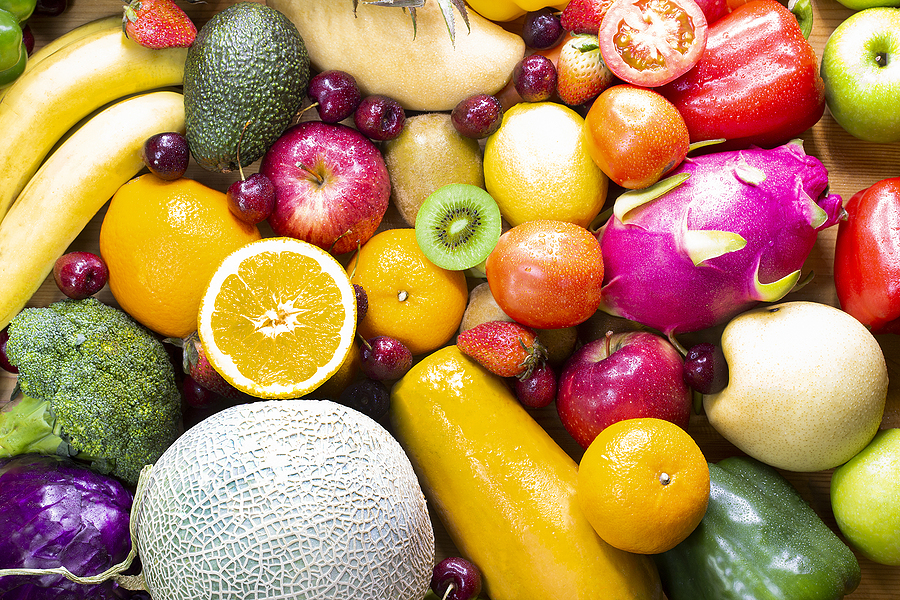Fruit plays a vital role in maintaining good health, as it provides essential vitamins, minerals, fiber, antioxidants, and carbohydrates. This also holds true for individuals with diabetes. In this article, we will look at four crucial aspects of consuming fruit:
- The glycemic index of fruits
- The preparation of the fruit
- The recommended portion sizes
- How your body reacts to different fruits
The glycemic index (GI) of a fruit is an important factor to consider, as it measures the effect of a food on blood sugar levels. The GI score ranges from 0 to 100, with low GI being 0-55, medium GI 56-69, and high GI 70 or above. Low GI fruits include apples, bananas, blueberries, cranberries, grapefruit, grapes, lemons, limes, oranges, pears, plums, prunes, raspberries, and strawberries. Fruits that have a medium GI are apricots, cantaloupe, figs, kiwifruit, papaya, raisins, and pineapple. Watermelon is rated high on the glycemic index with a score of 72. This means watermelon is a high risk foor for those with type 2 diabetes. Fruits with low GI are ideal as they have a minimal impact on blood sugar levels. However, the preparation of the fruit is also crucial.
The American Diabetes Association recommends consuming fruits fresh, frozen, or canned without added sugars. Juice is not the same as eating the whole fruit, as it lacks fiber and is quickly digested, resulting in a rapid rise in blood sugar levels. Similarly, fruit canned in sugary syrup will have a higher GI due to the added sugar. Dried fruits, in general, have a higher GI due to the higher concentration of sugars after the removal of water. While dried fruit can be consumed, it should be in small quantities and with awareness of the higher sugar content.
It is also important to consider portion sizes when consuming fruit. Too much of any carbohydrate can raise blood sugar levels. Dr. Scott Saunders, MD, tells a story of a 22-year-old woman with prediabetes who could not lose weight on a 1000-calorie per day diet. He asked her to keep a food diary for a week, and it turned out that her fruit intake was the cause of her difficulty in losing weight. Fruits such as watermelon, cantaloupe, and grapes raised her blood sugar levels, preventing her from losing weight.
Finally, it’s crucial to be aware of how your body reacts to different fruits. Everyone reacts differently to different foods, their quantity, frequency, or combination with other foods. For example, one person with type 2 diabetes may experience a rapid rise in blood sugar levels after consuming bananas, pineapple, or grapes, while others may not. It is essential to keep track of what you eat, when you eat it, and how it impacts your blood sugar levels to determine your personal response to various fruits. The other three factors discussed in this article provide general guidelines, but this last factor is unique to each individual and must be monitored and controlled accordingly.



